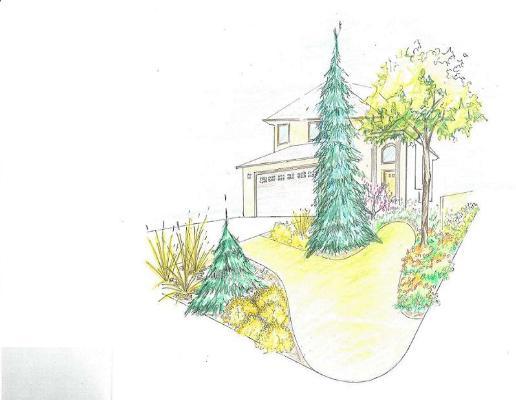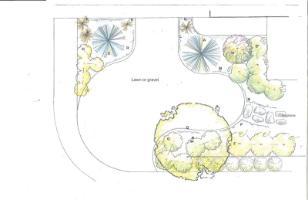Consider conditions such as slopes, sun and wind exposure: how will they affect water on your land? Avoid building too many surfaces that do not allow rainfall or melting snow to penetrate. Start your planting with large features such as trees, raised beds, or stonework, then move on to shrubs, flowers and ground cover.
Group plants with similar watering requirements together so that only limited portions of the landscape need extra water, and grade the garden to collect moisture and help those plants get enough water.
Remember to Click Before You Dig so you don’t sever any vital services or risk your personal safety.

